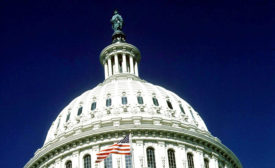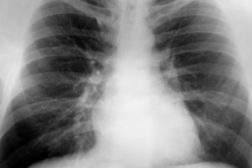Home » smoking
Articles Tagged with ''smoking''
Public health
58 million nonsmokers in US still exposed to secondhand smoke
February 5, 2015
Cigarette smoking among U.S. high school students at lowest level in 22 years
Latest CDC teen behavior survey also finds fewer fights, too much texting and driving
June 23, 2014
Never miss the latest news and trends driving the safety industry
eNewsletter | Website | eMagazine
JOIN TODAYCopyright ©2024. All Rights Reserved BNP Media.
Design, CMS, Hosting & Web Development :: ePublishing







